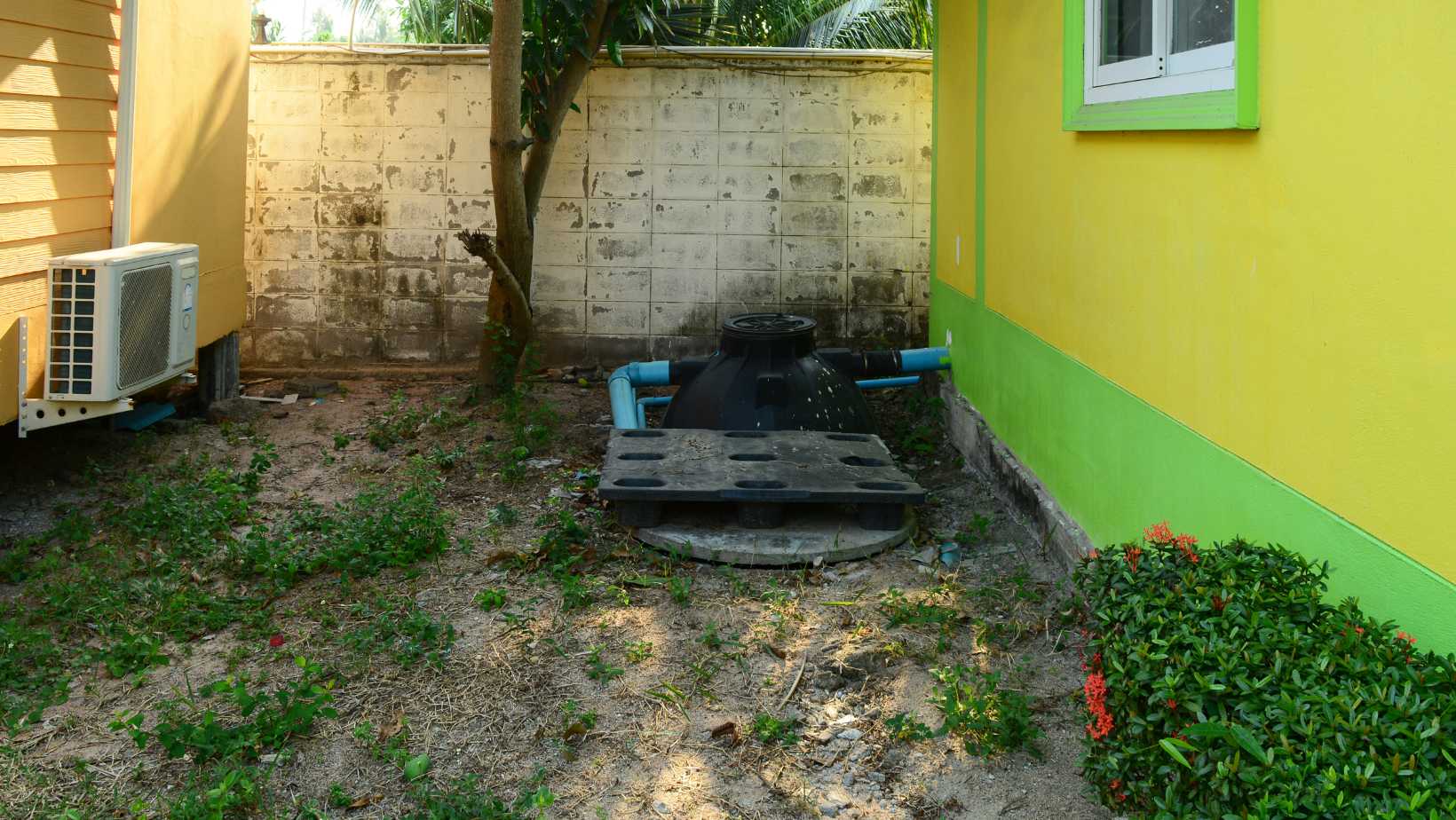Are you wondering about the maximum distance from your house to a septic tank? Well, let me shed some light on this topic. When it comes to the distance between your house and septic tank, there are a few factors to consider.
Firstly, local building codes and regulations play a crucial role in determining the maximum allowable distance. These codes can vary depending on where you live, so it’s essential to consult with your local authorities or a professional plumber for accurate information specific to your area.
In addition to regulations, the topography of your property can also affect the maximum distance. If you have steep slopes or challenging terrain, it may impact how far away the septic tank can be placed from your house.
What is The Maximum Distance From House to Septic Tank
The Purpose of a Septic Tank
A septic tank plays a vital role in the proper disposal and treatment of wastewater from a household. It provides an underground environment where bacteria break down solid waste, allowing liquids to be absorbed into the soil through a drain field. The main purpose of a septic tank is to prevent contamination of groundwater and nearby bodies of water by treating sewage at the source.
Components of a Septic System
To understand the maximum distance between a house and its septic tank, it’s essential to know the different components involved in a septic system. A typical system consists of three primary elements: the septic tank, distribution box (D-box), and drain field.
The septic tank itself is usually made of concrete, fiberglass, or plastic and is buried underground near the home. It receives all wastewater from toilets, sinks, showers, and other household plumbing fixtures.
The distribution box evenly distributes effluent (the liquid portion) from the septic tank to multiple pipes in the drain field. This ensures that effluent disperses properly throughout the area for efficient absorption into the soil.
The drain field, also known as leach field or absorption field, consists of perforated pipes buried in trenches lined with gravel or sand. These pipes allow treated effluent to percolate into the surrounding soil where further natural filtration occurs.
How Does a Septic Tank Work?
Understanding how a septic tank works can shed light on why there is a maximum distance between it and your house. When wastewater enters the septic tank, solid matter settles at the bottom while grease and lighter particles float to the top forming scum. Bacteria inside the tank break down organic solids over time.
As new wastewater enters, partially treated effluent flows out through an outlet pipe connected to either a D-box or directly to the drain field. The distance between the septic tank and the house is crucial for ensuring proper flow and preventing issues such as clogging or inefficient treatment.

Factors to Consider When Determining The Distance
When it comes to determining the maximum distance from a house to a septic tank, there are several factors that need to be taken into consideration. These factors can vary depending on the specific circumstances and regulations in your area. Here are some key points to keep in mind:
- Local Regulations: The first step is to familiarize yourself with the local regulations governing septic systems. Different regions may have different requirements regarding setback distances, soil conditions, and other factors that determine how far the septic tank should be located from the house.
- Soil Percolation Rate: The ability of soil to absorb and filter wastewater, known as its percolation rate, plays a crucial role in determining the distance between the house and septic tank. Conducting a soil test can help determine if the soil is suitable for efficient wastewater treatment and absorption.
- Tank Size and Capacity: The size and capacity of the septic tank are important considerations when determining the distance from the house. Larger tanks may require more space and therefore need to be placed further away from structures.
- Topography: The topography of your property can also impact where you place your septic tank. Sloping terrain or areas prone to flooding might require careful consideration when determining placement.
- Accessibility for Maintenance: It’s essential to consider future maintenance needs when deciding on the distance between your house and septic tank. Easy access for pumping, inspection, repairs, and regular maintenance is vital for ensuring proper functioning of the system.
Remember that these factors are general guidelines, but it’s always advisable to consult with local authorities or professionals experienced in septic system installation before making any final decisions about placement distances.
Jessica has a flair for writing engaging blogs and articles. She enjoys reading and learning new things which enables her to write different topics and fields with ease. She also strives to break down complex concepts and make them easy for anybody to comprehend.





